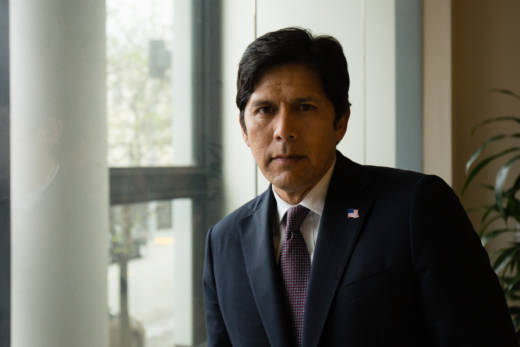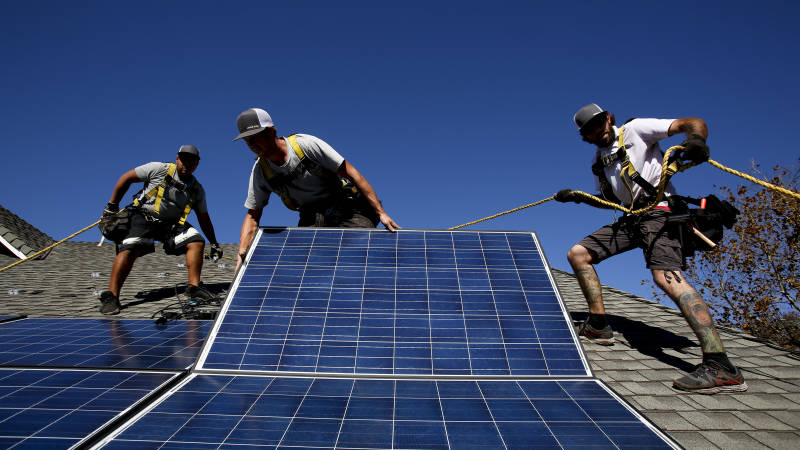De León said that capturing uncontrolled methane emissions from dairies, landfills and wastewater treatment plants would help replace power currently derived from natural gas, but he didn't say how exactly natural gas would be phased out of the equation.
"We want to make sure when we phase down, we phase down to renewable, which is healthy for our planet," de León said. "We'll be engaging still with the natural gas folks, but that's really all I can say about that part."
PG&E, one of those "natural gas folks" de León mentioned, isn’t completely sold on the new goal.
"We believe the state should move away from additional procurement mandates and instead establish broader clean energy goals with a focus on greenhouse gas emissions reductions providing opportunities for the market to work in the most cost-effective manner without compromising reliability," said Lynsey Paulo, a spokeswoman for PG&E, which provides natural gas and electricity to approximately 16 million people in Northern and Central California.
Paulo said PG&E is still reviewing the proposal, but believes more attention should be paid to extending the state's cap-and-trade program instead of increasing clean energy source requirements like SB 100 would.
That didn't stop de León and the other politicians, clean energy executives and union leaders assembled from enumerating the extensive economic benefits they think will come from SB 100.
"These renewable energy jobs are real jobs," said Robbie Hunter, president of the State Building and Construction Trades Council of California, which represents 450,000 construction workers in the state. "People really don't see them because they're in the middle of nowhere, but we have tens of thousands of construction workers every day working on these projects."
State Sen. Hannah-Beth Jackson (D-Santa Barbara) compared this to another ambitious goal set by an American politician: when President John F. Kennedy said the United States would put a man on the moon by the end of the 1960s.
"People thought he was crazy, and yet, we did that," Jackson said. "And if we can do that, we can do this."
This post has been updated.

